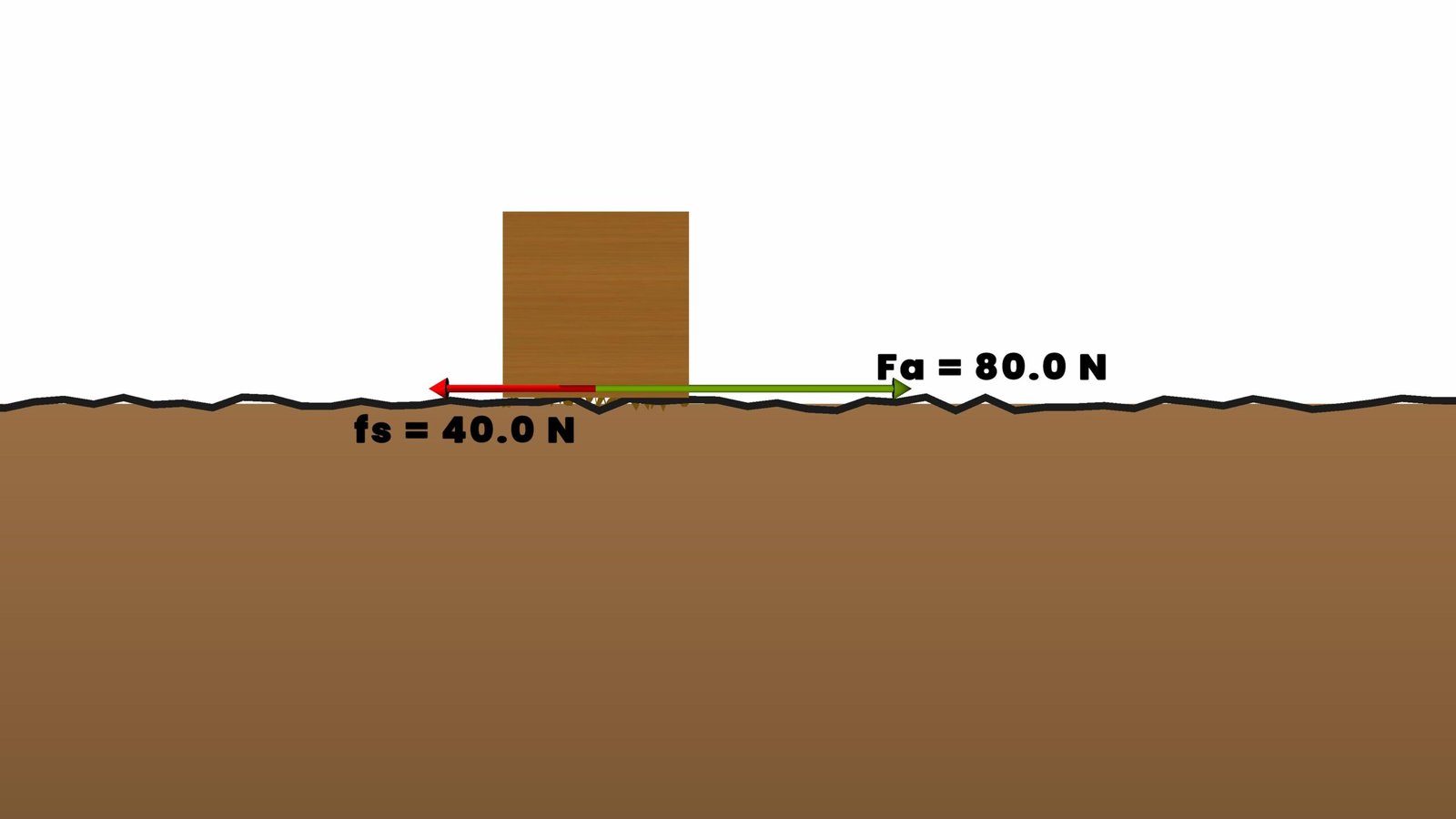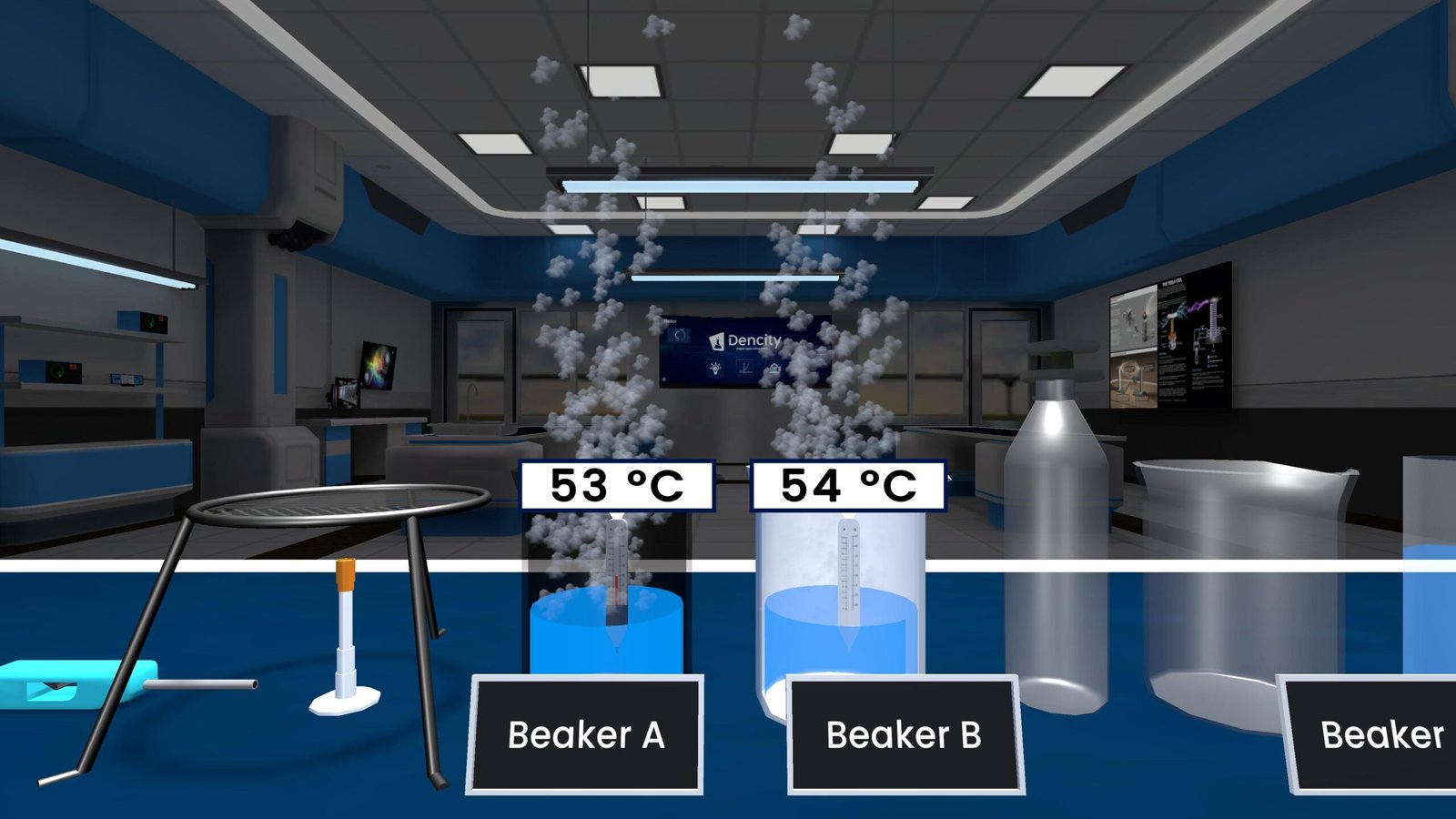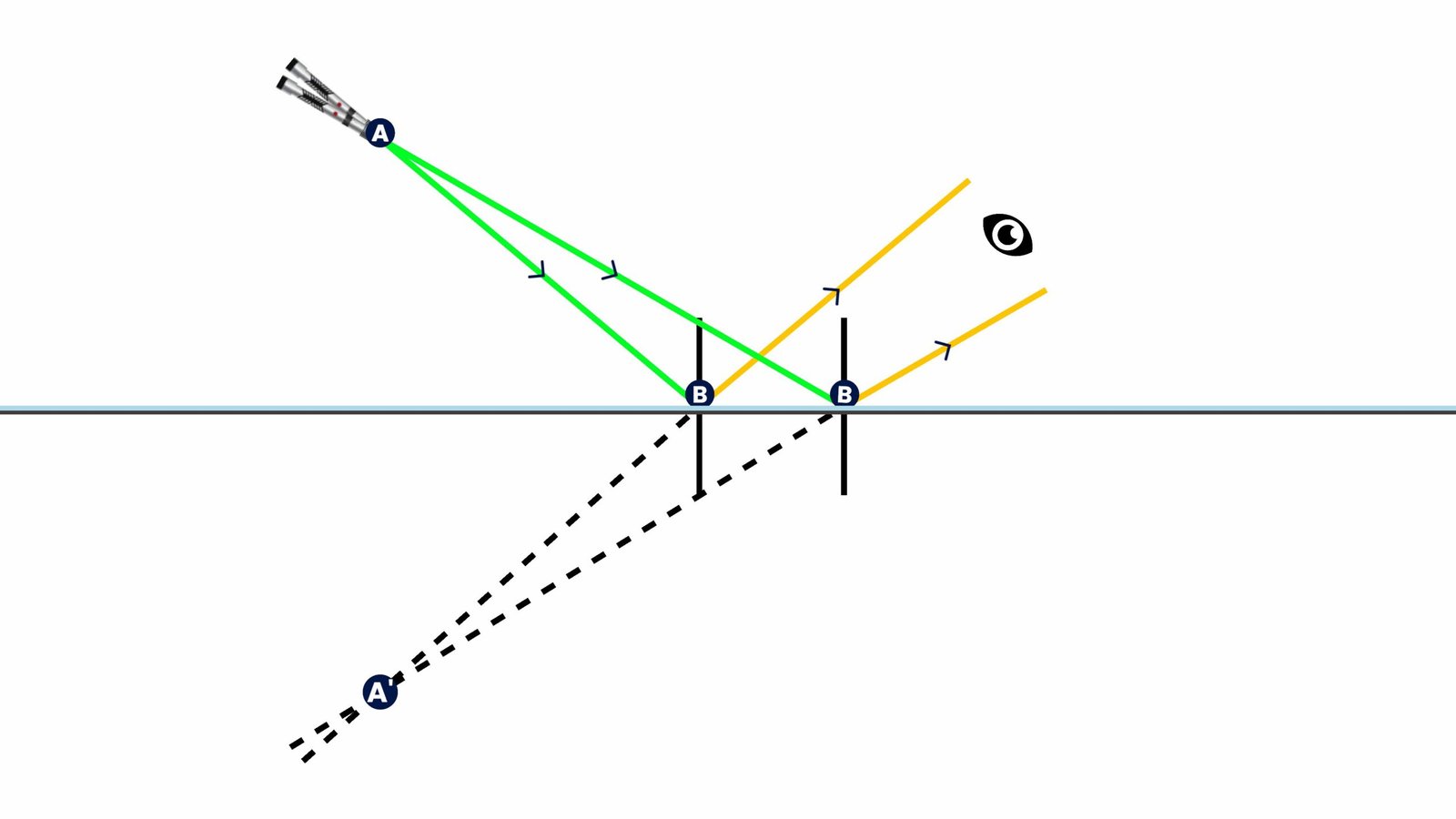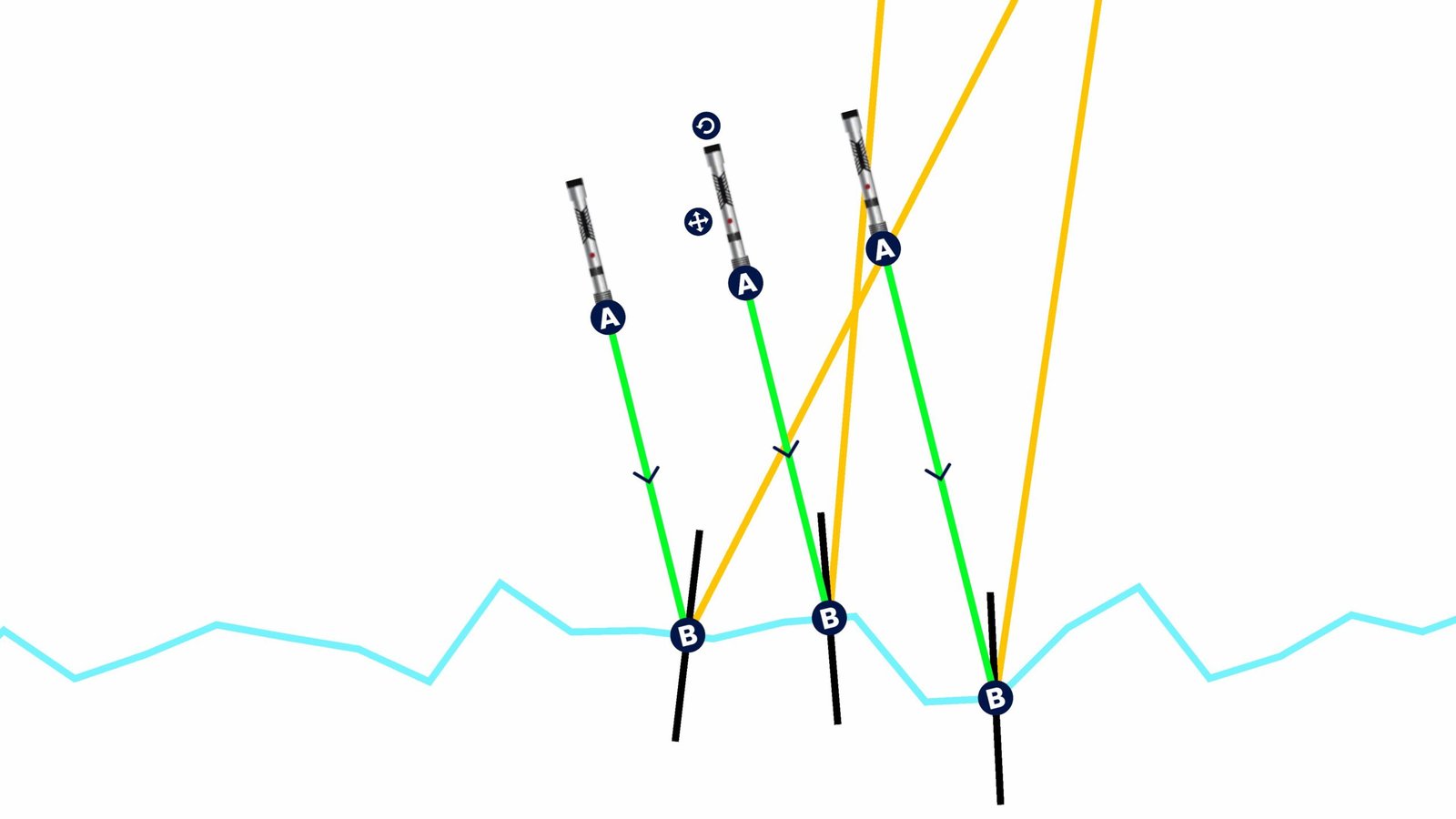Friction – Basic Experiment
Friction is a force that resists motion between two surfaces in contact. This invisible force plays a vital role in our everyday lives—from walking without slipping to cars coming to a halt when brakes are applied. Without friction, many of our daily tasks would become impossible.
Understanding Friction
When one object moves over another, it encounters resistance. This resistance is what we call friction. It acts in the opposite direction of motion. Friction arises because surfaces, even those that appear smooth, are actually rough at the microscopic level.
There are different types of friction:
- Static Friction: The force that keeps an object at rest.
- Kinetic Friction: The force that opposes the motion of a moving object.
- Rolling Friction: The resistance when an object rolls over a surface.
Theory (Converted from LaTeX)
Friction is the opposing force that comes into play when one body moves or tends to move over the surface of another body.
There are two main types:
- Static friction: Friction between two objects that are not moving relative to each other.
- Kinetic friction: Friction between moving surfaces.
Friction depends on the nature of the surfaces and the force pressing them together. It does not depend on the surface area in contact.
Mathematically:
- Static friction (f) is less than or equal to (μₛ) multiplied by the normal reaction (R): f ≤ μₛ × R
- Kinetic friction (fₖ) equals (μₖ) multiplied by the normal reaction (R): fₖ = μₖ × R
Where:
- μₛ = coefficient of static friction
- μₖ = coefficient of kinetic friction
- R = normal reaction force
This experiment is part of the Class 9 Science curriculum.
Explore Friction Virtually with the Dencity App
With the Dencity app, you can perform the Friction – Basic Experiment virtually on your Android, iOS, or Desktop device.
Instead of setting up physical apparatus, students can:
- Vary surface materials and observe changes in friction.
- Measure frictional forces in real-time.
- Compare static and kinetic friction with interactive simulations.
- Learn concepts faster and safer with no lab setup hassles.
The Dencity virtual science lab is ideal for students who want to practice science experiments without the risk or cost of physical equipment.
Dencity for Teachers
The Dencity app empowers educators with:
- Interactive teaching tools for physics concepts like friction.
- The ability to create virtual classrooms, assign experiments, and monitor progress.
- No setup or maintenance—teachers focus on engaging delivery.
- Auto-graded homework and student performance tracking.
- Perfect for interactive learning environments with detailed visuals and simulations.
Optimized for Interactive Touch Panels
Dencity works flawlessly on interactive touch panels in classrooms. Teachers can drag, drop, and control variables in real-time, helping students visualize and understand concepts like friction with ease.
Want a Demo or Custom Pricing?
Educational institutions can contact us today for a free demo or custom pricing plans tailored to your needs. Let’s bring virtual labs to every student!
Frequently Asked Questions (FAQs)
- What is friction?
Friction is a force that resists motion between two surfaces that are in contact. - Is friction always bad?
No. Friction is useful in many situations like walking or driving. However, it can also cause wear and energy loss. - What is the difference between static and kinetic friction?
Static friction keeps an object at rest, while kinetic friction acts when the object is moving. - Does friction depend on surface area?
Surprisingly, friction does not depend on the contact area but on the normal force and surface texture. - Can friction be reduced?
Yes. Using lubricants or smoother surfaces can reduce friction. - Is friction necessary for walking?
Absolutely. Without friction, your feet would slip and you wouldn’t be able to walk properly. - What is the unit of the coefficient of friction?
It has no unit. It’s a ratio. - How does Dencity help students understand friction better?
Dencity provides visual, interactive simulations where students can control variables and see how friction changes. - Can teachers monitor students’ progress on Dencity?
Yes. Teachers can assign experiments, get reports, and track performance instantly. - What devices support Dencity?
Dencity is available on Android, iOS, and desktops and is optimized for touch panel displays too.







